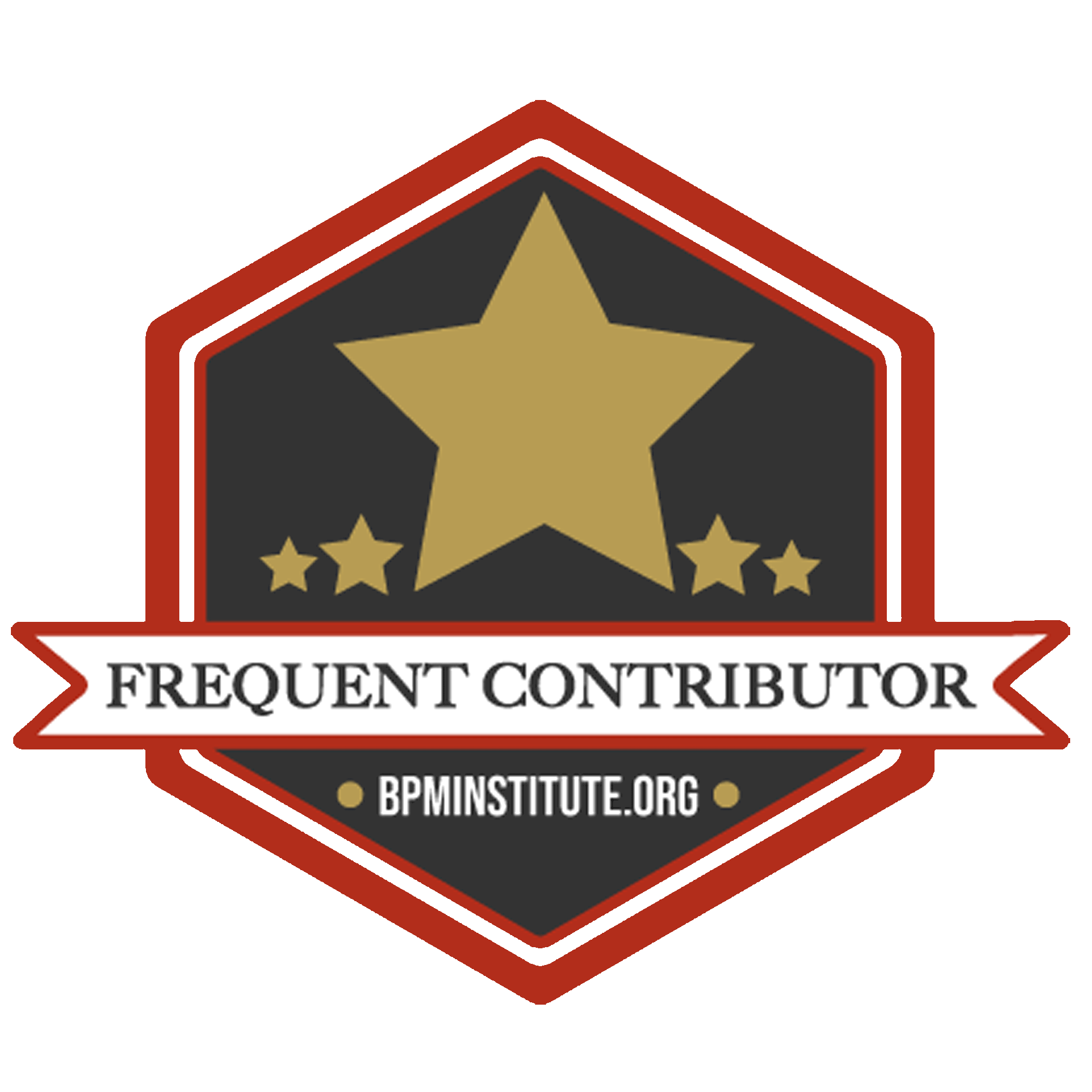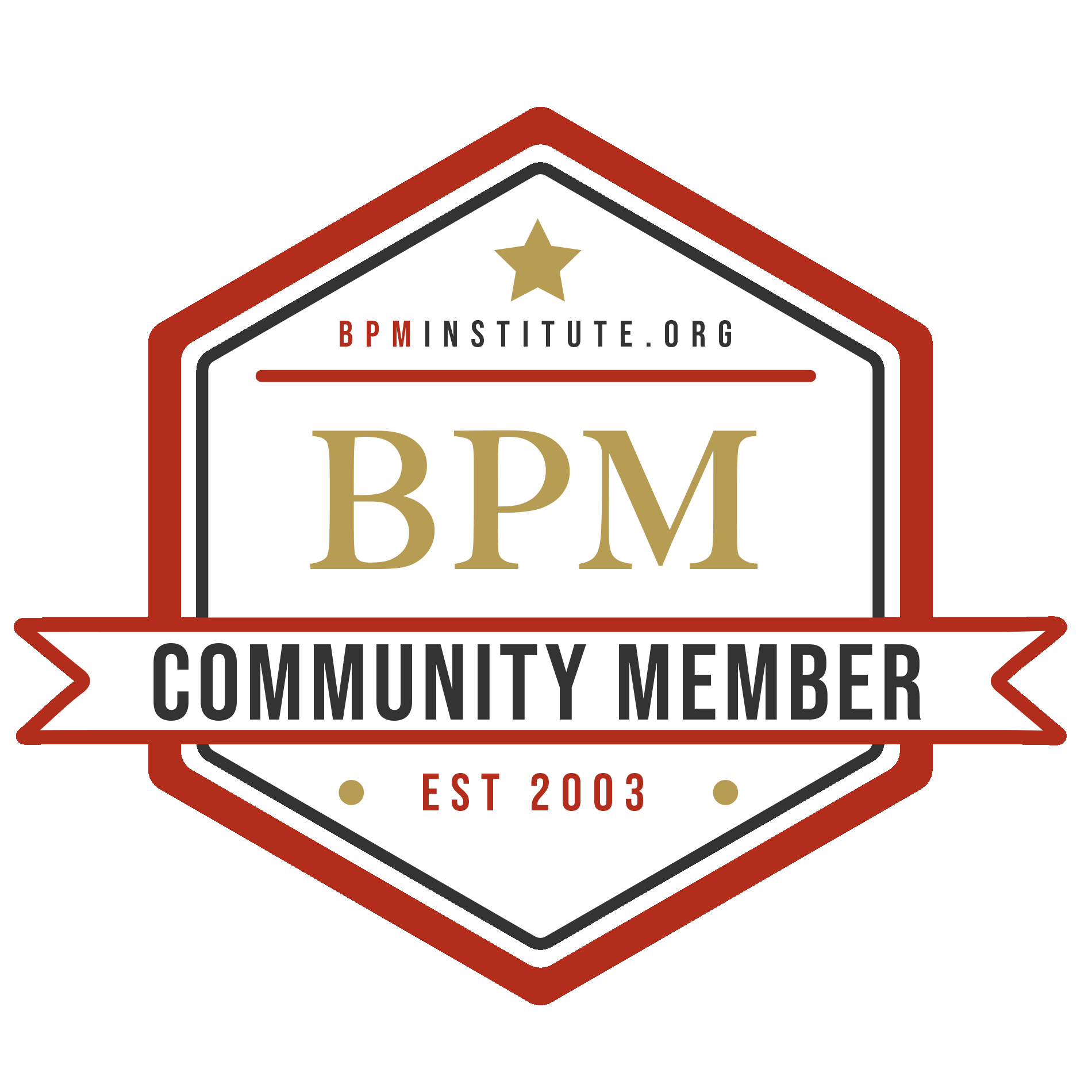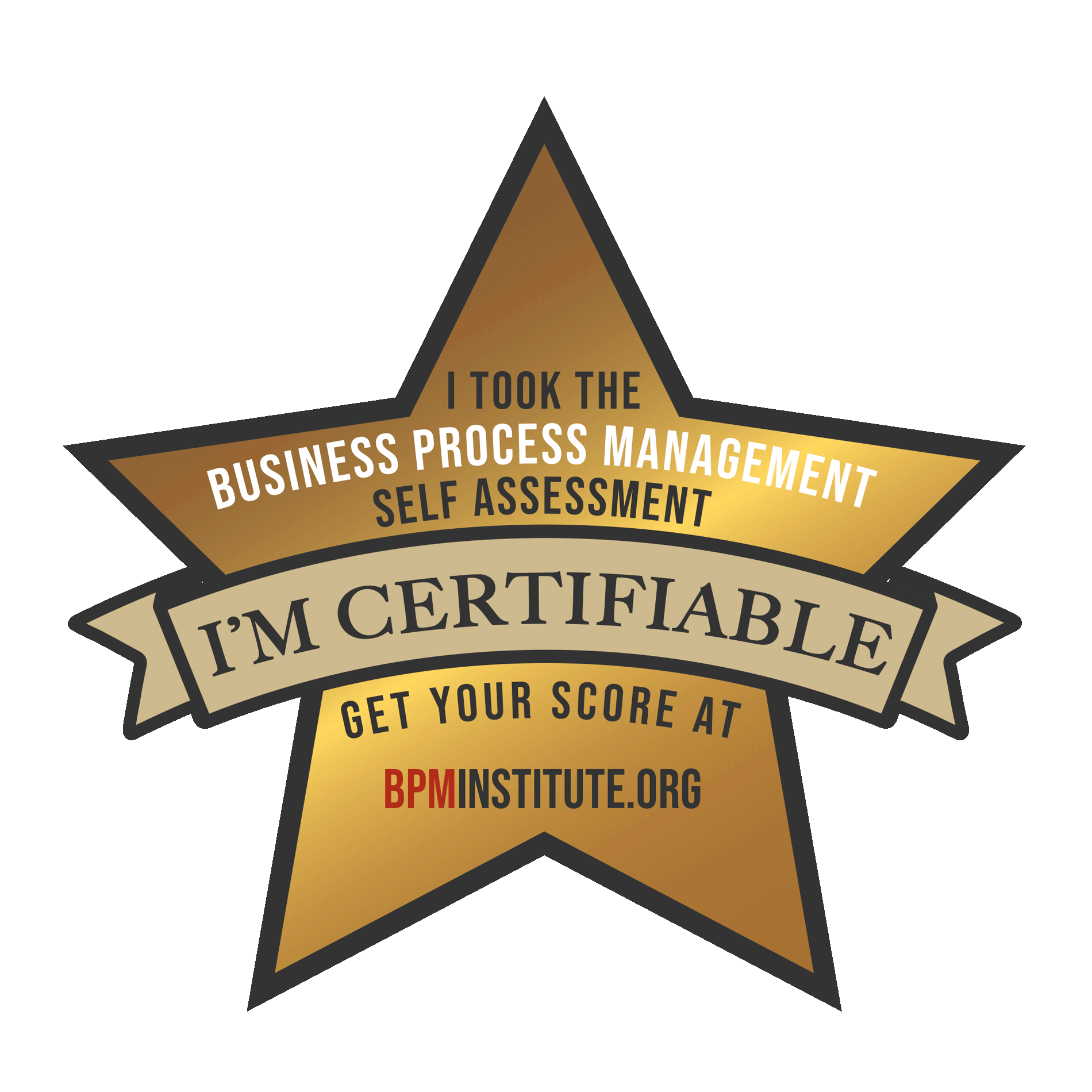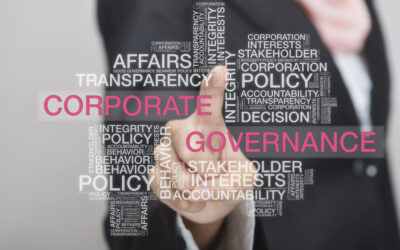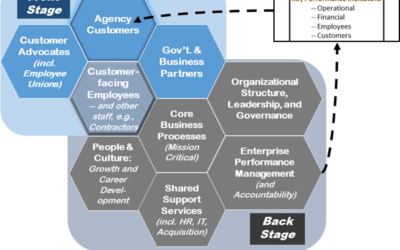“To more fully realize the benefits of behavioral insights and deliver better results at a lower cost for the American people, the Federal Government should design its policies and programs to reflect our best understanding of how people engage with, participate in, use, and respond to those policies and programs.” – President Obama

November 14, 2006
Associate Corporate Membership

Ken Mullins
Analytics/Big Data
Business Architecture (BA)
Business Decision Management (BDM) / Business Rules (BR)
Cloud Computing
Mobile/Social
Operational Excellence (OPEX)
Organizational Change Management (OCM)
Strategy
Web Services / SOA
Articles by: Ken Mullins
FITARA: Empowering CIOs to Improve the Business of Government
“Our guidance takes major steps in ensuring CIOs have a seat at the table for technology-related budget, procurement, and workforce matters. [It] is centered on a ‘common baseline’ that outlines the roles and responsibilities for agency chief information officers and other senior agency officials. More importantly, it establishes a groundwork for productive partnerships among these leaders to make IT decisions that better support [their business] mission.” – U.S. Chief Information Officer (CIO) Tony Scott (upon releasing the final Federal Information Technology Acquisition Reform Act (FITARA) guidance from the Office of Management and Budget (OMB)
Passed by Congress in December 2014, the Federal Information Technology Reform Act (FITARA) grants more influence and control over investments in information technology (IT) to agency’s CIOs.
Managing Enterprise Transformation in Government
“Culture does not change because we desire to change it. Culture changes when the organization is transformed; the culture reflects the realities of people working together every day.” Frances Hesselbein – President of the Frances Hesselbein Leadership Institute
Effective use of a transformation framework, such as the one illustrated in Figure 1, is a hallmark of successful organizations and an essential means to achieving operational and technology environments that maximize institutional mission performance and outcomes. Among other things, this includes realizing cost savings through consolidation and reuse of shared services and elimination of antiquated and redundant mission operations, enhancing information sharing through data standardization and system integration, and optimizing service delivery through streamlining and normalization of business processes and mission operations.
How to Improve Customer Satisfaction with Government Services
“Government managers must learn from what is working in the private sector and apply these best practices to deliver services better, faster, and at lower cost.” – Barack Obama (upon releasing Executive Order 13571–Streamlining Service Delivery and Improving Customer Service)
Balanced Scorecard: A Model for Improving Government Performance
Untitled Document
“People and their managers are working so hard to be sure things are done right, that they hardly have time to decide if they are doing the right things.” – Stephen Covey
If you’ve ever tried to keep scorecards for a high school baseball team, which I did for a couple of years a long time ago, you learn after a while to keep track of what’s really important, ignoring the occasional slip while making sure the captured data points can be used to improve the team’s overall performance. Since then, I’ve learned that well-managed enterprises, including some in government, use a similar approach.
Shared Services: A Model for Achieving Government Efficiencies
“I think many [agencies] would greatly benefit from a top-to-bottom efficiency analysis . . . done by people who understand government. The results of such an analysis . . . can provide a menu of choices for . . . officials as they work through the real nitty-gritty issues of efficiency in government.” – John R. Bartle, dean of the College of Public Affairs & Community Service at the University of Nebraska at Omaha
Before Launching Government Transformation, Establish a Culture of Innovation
“All employees must be directly involved, learning about innovation. And they must have direct experience with it. New governance gets managers more involved in the decision making…. Only when innovators operate with the credibility of leaders will innovation become a productive part of the everyday business.” – Craig Wynett, a key driver of P&G’s pre-eminence in innovation
NIEM – A Model for Sharing Government Information
“Information is a source of learning. But unless it is organized, processed, and available to the right people in a format for decision making, it is . . . not a benefit.”– William Pollard
Enhancing the Value of Your Government Transformation Road Map
“All you need is the plan, the road map, and the courage to press on to your destination.” – Earl Nightingale
If you are a government program or project manager, let’s say in the IT solutions (or services) delivery business, you’re probably devoting a lot of thought to the long term view of how you plan to deliver on the promise of your product(s), solution(s), or services(s) – even as you grapple with the day-to-day challenges, risks, and issues that inevitably arise to frustrate your best laid plans. I suspect that you’re also maintaining some form of a road map for each of your projects, to highlight the many intermediate goals that need to be accomplished along the way – perhaps feeling frustrated at times by the need to maintain all that information on a single, fairly intuitive page.
To Deliver Business Value, Avoid Paving over Cow Paths
“Yesterday’s adaptations are today’s routines”–Ronald A. Heifetz, The Practice of Adaptive Leadership
I opened an earlier article[1] published in this forum some time ago by setting up the following scenario, which concludes with a simple question:
Imagine yourself as the owner of a business domain within a government agency. Let’s say you’re the Deputy Administrator of entitlement programs in an organization that processes claims for benefits. No matter the type of benefit(s) or entitlement(s) your agency administers, whether loan guarantees, educational benefits, [or] disaster-recovery relief . . ., your business model – at some level of abstraction – is as simple as receiving applications (or claims) for benefits, qualifying them, and dispensing an appropriate response to each . . . of your applicants (or claimants).
